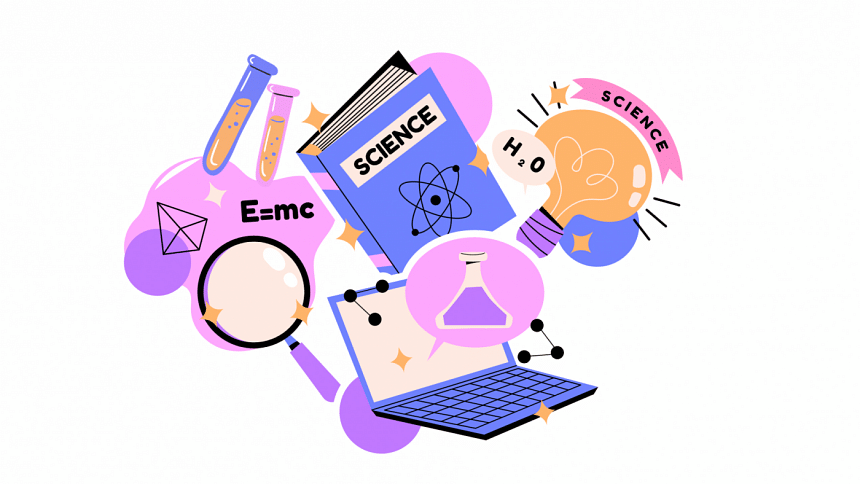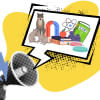The Case for Science Communication and Science Writing

In my time spent as an intern at Child Health Research Foundation, the biggest piece of knowledge I obtained was perhaps taken from the story of Nikola Tesla and Thomas Edison. According to my trainer, the reality of the situation would have completely flipped had Tesla been a better communicator in science. That is the atmosphere the organisation strived to maintain: the importance of scientific improvement is unparalleled not just among scientists, but between scientists and those who are not fully in tune with the technical jargon in science. Communication in science is primarily about relaying complex, and often overwhelmingly precise, information to a layperson in ways where none of the truth would be modified, and yet the information delivered would be comprehensible.
Maintaining scientific communication through science writing seems to suffer from a lack of attention. This could be attributed to treating science and effective, communicative writing as entirely separate.
In the book The Sense of Style, the author, Steven Pinker, defines good writing as being "communicative". In other words, a scientific research paper may be an important deep dive into a niche field, but if the research finding cannot be comprehensively explained to someone who is not an expert in that field, then what is the purpose of all that jargon presented in the paper? What is the purpose of that research at all if it cannot be put to use with the help of experts in other fields? The book presents an excellent case with Briane Green's style of writing and how he manages to convey abstract and increasingly convoluted ideas in theoretical physics via analogies, relating them to mundane events in our everyday lives. This is a skill that takes time to develop, but in our modern society where all research lands us in extremely niche fields, the need to convey these ideas to laypeople or experts in other fields is of increasing important.
Nishat Anan, a freelance writer and journalist for Wildtype Media Group, a STEM-focused media company headquartered in Singapore, shares her experience and thoughts regarding science writing.
"I write research highlights for A*STAR, Singapore's public sector research agency as well as news stories for Asian Scientist. In both cases, being able to draw upon my life science academic background was a big help. A large part of science writing is understanding the research before getting to communicate it. Science writers are tasked with practicing the art of storytelling, using simpler language and relatable examples to illustrate research themes – all the while keeping the science intact. It's a balancing act that takes a while to get used to for STEM graduates who are more accustomed to technical language."
Of course, the balance of the technical jargon with a language more easily understood is important. This takes time to master, but it rarely requires a specific degree. For many who work in the field of science writing, their background in pure sciences with their dedication to conveying these messages to the entire world is what drives them.
This brings us to a potential risk in science writing, which is prevalent when the science is not kept intact. Scientific news written by those who do not understand the science at a deeper level may twist the story when trying to make the narrative comprehensible. Be it intentional or otherwise, the presence of embellished narratives in articles written by journalists who are not, in fact, familiar with the material will lead to sensationalist stories, but the information provided will be misconstrued.
Additionally, there is the discussion of growing a culture where science writing is celebrated among writers, young and old. While this may sound like a herculean task, the effort really needs to start at a youth level. In universities, and maybe even schools, the importance of science communication must be discussed and presented to students. While the value of science communication varies considerably from country to country, there is always potential for a community to develop.
"I do believe in supportive communities. I had the pleasure of coming across a group Bangladeshi youth who were eager to create a medium to communicate science across the country. Youth-led clubs and projects like these can make space to initiate discourse about making science more accessible in Bangladesh." states Nishat, and frankly the need to make science accessible is greater now more than ever, so the need for science communication persists.
Raian Abedin is a student of NSU.

 For all latest news, follow The Daily Star's Google News channel.
For all latest news, follow The Daily Star's Google News channel. 








Comments